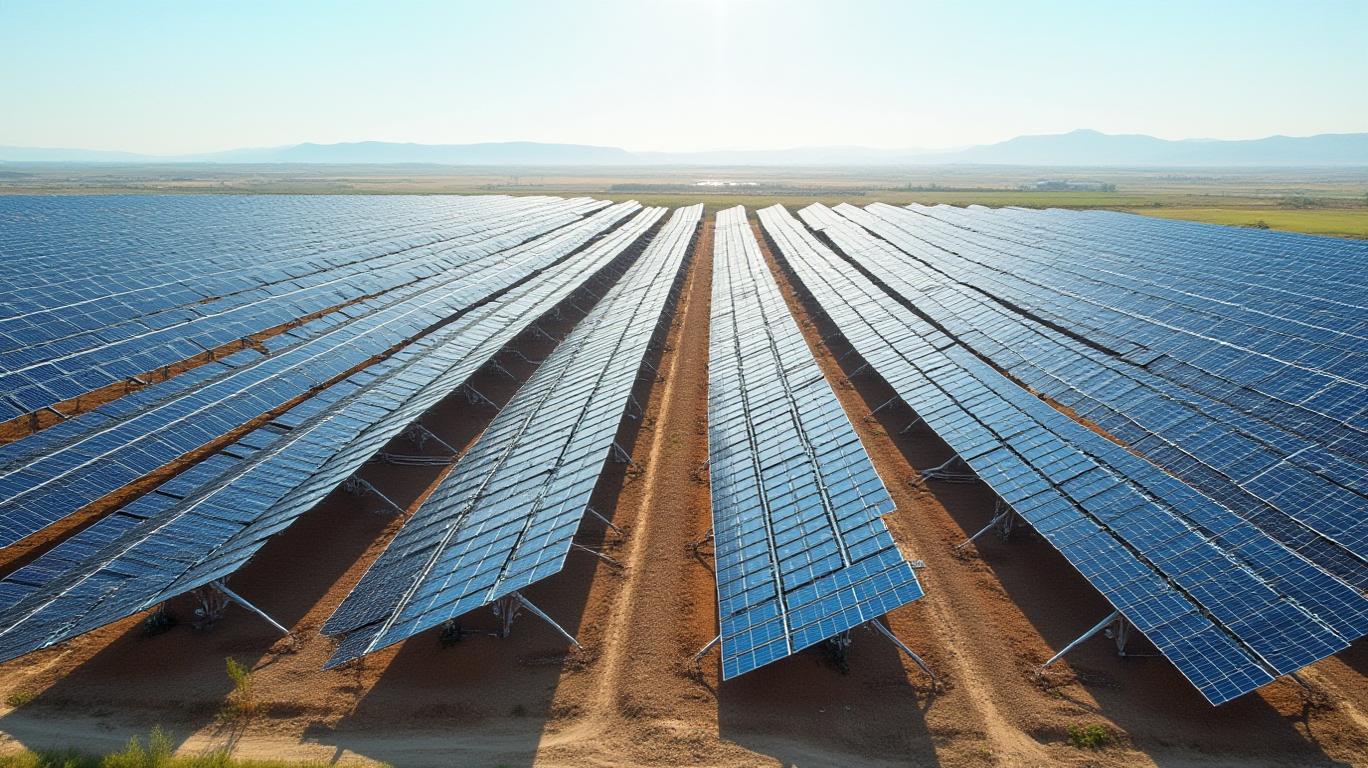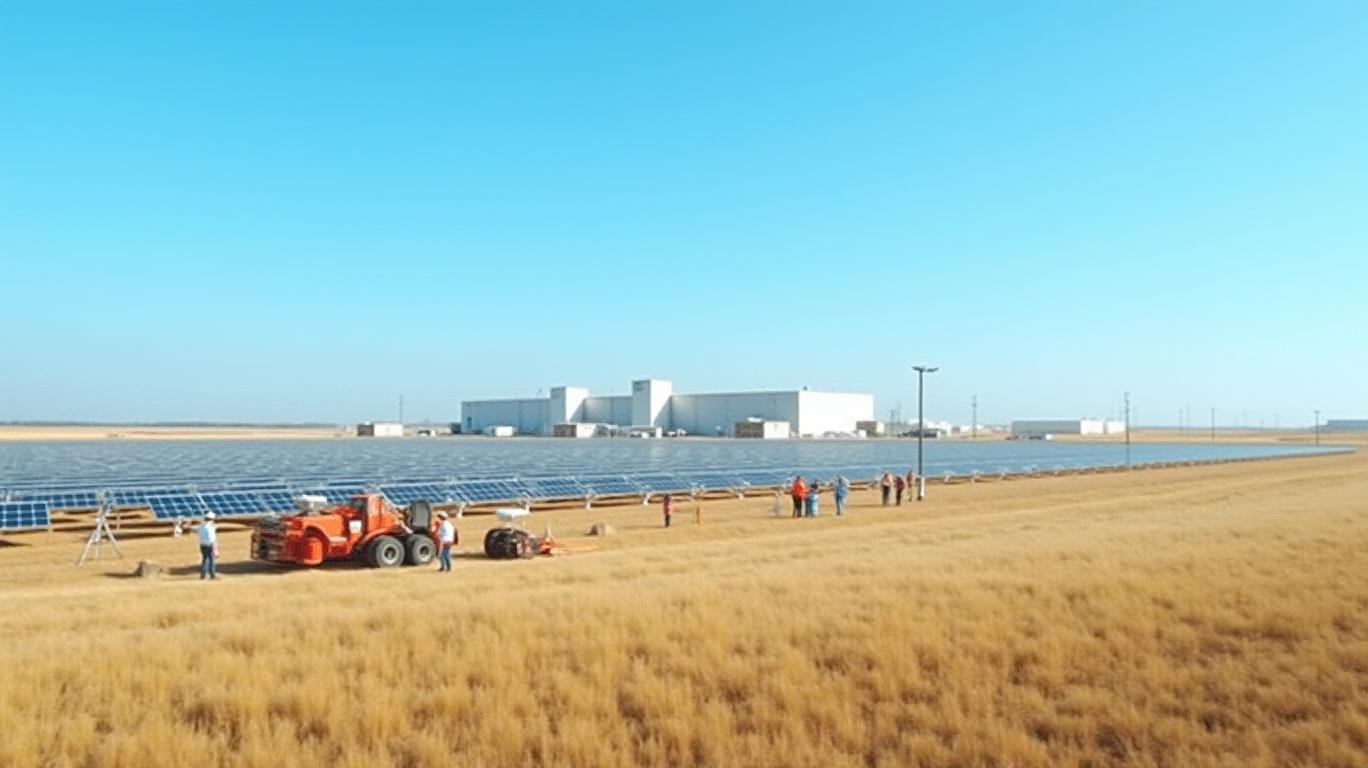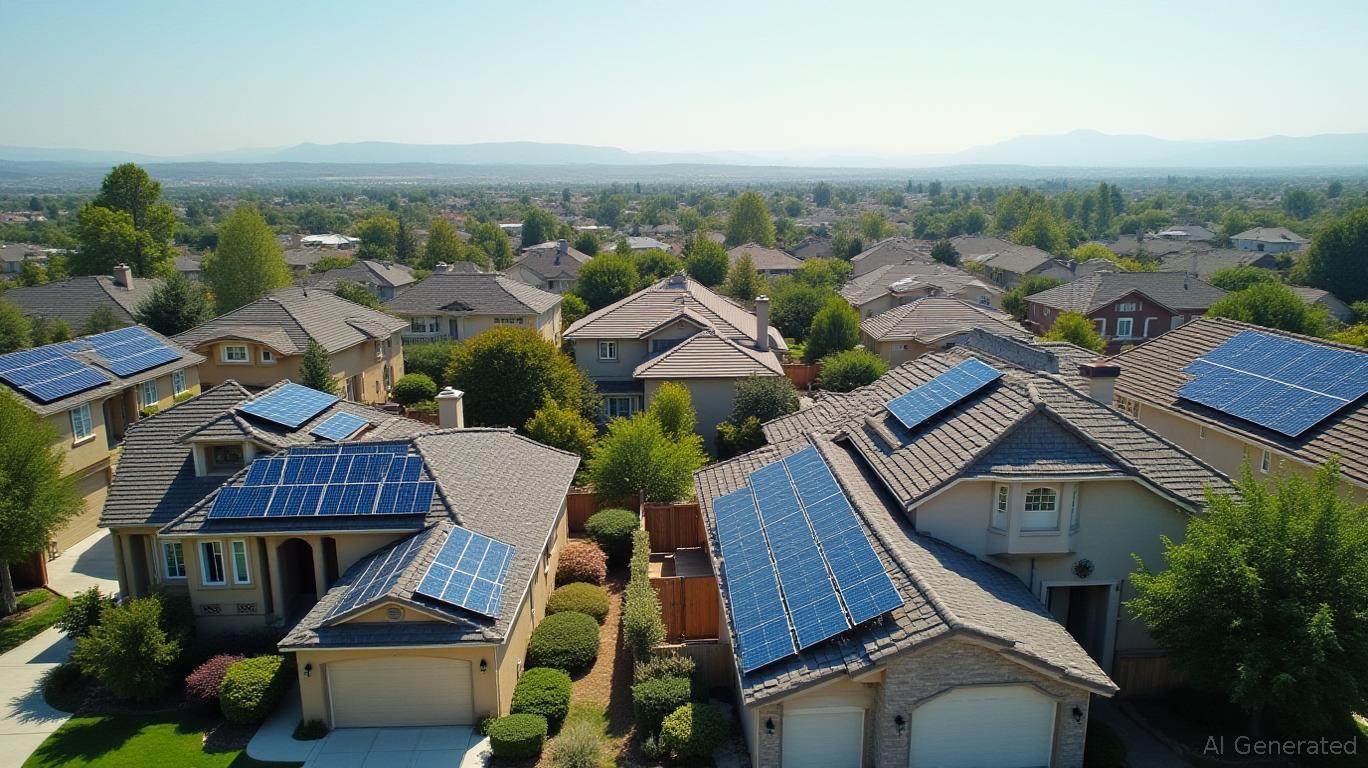Solar Sector Integration Hurdles: Complete Solar’s Audit Delay Signals Industry Growing Pains
The solar energy sector’s rapid expansion has not come without growing pains. Over the past week, one company’s delayed financial report has spotlighted the operational and financial complexities of industry consolidation. On April 30, 2025, Complete Solar (NASDAQ: CSLR) postponed its Q1 earnings release until the end of the month, citing the need to finalize audited financial statements following its recent acquisition of SunPower and Blue Raven. This delay, while temporary, underscores the challenges of merging fragmented players into cohesive entities—a theme resonating across the energy sector.

The Audit Delay: A Microcosm of Industry Turbulence
Complete Solar’s decision to delay its Q1 2025 report until April 30—originally scheduled for April 23—stems from the logistical nightmare of integrating three companies into one. CEO T.J. Rodgers emphasized the need for “air-tight, fully audited numbers,” citing the complexity of aligning the financial systems of Complete Solar, old SunPower, and Blue Raven. The delay also prompted the company to extend its SEC 10-K filing deadline, a move Rodgers attributed to a lack of “internal controls to handle such a massive integration.”
This stumble contrasts with peers like Sunoco LP (NYSE:SUN), which announced a 1.25% distribution increase to $0.8976 per unit on April 23, 2025, fueled by stable cash flows from its 14,000-mile pipeline network. Meanwhile, SunCoke Energy (NYSE:SXC), a key player in steel-sector coke production, maintained its Q1 earnings release timeline, highlighting its logistical prowess in handling 40 million tons of material annually.
Why This Delay Matters: Mergers, Markets, and Margins
The delay highlights two critical industry trends:
- Consolidation Costs in Solar:
The solar sector’s shift toward vertical integration—combining manufacturing, installation, and energy storage—has led to a wave of acquisitions. However, merging companies with differing accounting practices, regulatory environments, and supply chains strains even seasoned players. Rodgers’ admission that Complete Solar’s audit process was “lengthier than expected” suggests that such deals may come with hidden costs, including delayed reporting and compliance risks.
While the stock’s performance during the delay remains unclear, the company’s focus on SOX compliance improvements to prevent future delays signals a strategic pivot toward long-term stability over short-term gains.
- Global Solar Market Volatility:
Despite projections of a 23.1% CAGR through 2032, the sector faces headwinds. Global solar investments dropped by 3% in 2024—the lowest since 2013—due to supply chain bottlenecks and policy uncertainty. Companies like Complete Solar, which rely on large-scale utility projects (e.g., China’s 60–75 GW solar demand by 2024), must balance growth with operational rigor.
Competing Narratives: Resilience vs. Risk
While Complete Solar’s delay raises red flags, other “sun”-branded firms are demonstrating resilience:
- Sunoco LP’s 16.82% year-to-date stock rise reflects investor confidence in its pipeline infrastructure and 5% annual distribution growth target.
- SunCoke Energy’s on-time earnings release underscores its logistical dominance, with 70% of global solar panel production originating in China—a market it serves via its steel-sector coke supply chain.
Yet the sector’s reliance on China’s manufacturing and policy whims remains a double-edged sword. For instance, China’s revised feed-in tariff policies could disrupt project economics, while its dominance in polysilicon production leaves companies vulnerable to supply chain shocks.
Conclusion: Navigating the Solar Crossroads
Complete Solar’s audit delay serves as a cautionary tale for investors: consolidation in the solar sector is both necessary and fraught with risk. While technological advancements like TopCon n-Type modules (projected to dominate by 2026) promise efficiency gains, the sector’s financial health hinges on companies’ ability to manage integration costs, regulatory compliance, and global supply chain dynamics.
For investors, the path forward demands scrutiny of firms’ internal controls, geographic diversification, and exposure to policy shifts. As Rodgers noted, “air-tight numbers” are non-negotiable in an industry where margins are thin and competition is fierce. The solar renaissance may be underway, but its success will be measured not just in watts installed, but in the rigor of its financial reporting.
Actionable Takeaway: Prioritize firms with strong internal controls, diversified supply chains, and exposure to high-irradiance regions like the Caribbean. Avoid those relying solely on Chinese manufacturing without contingency plans. The sun is rising—but only for the prepared.


_442a2dcc1749832873286.jpeg)
_e68fac6d1749831664430.jpeg)






